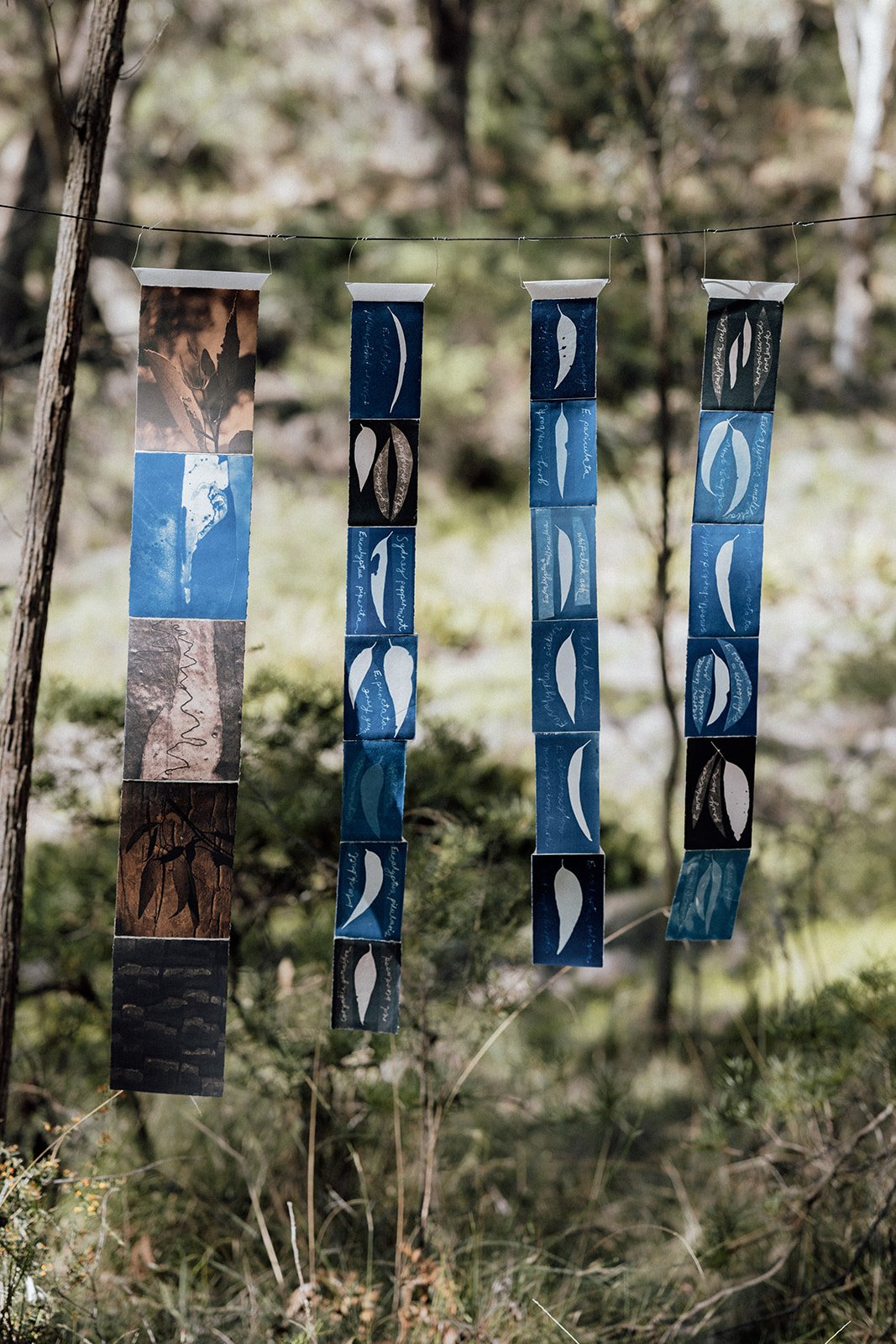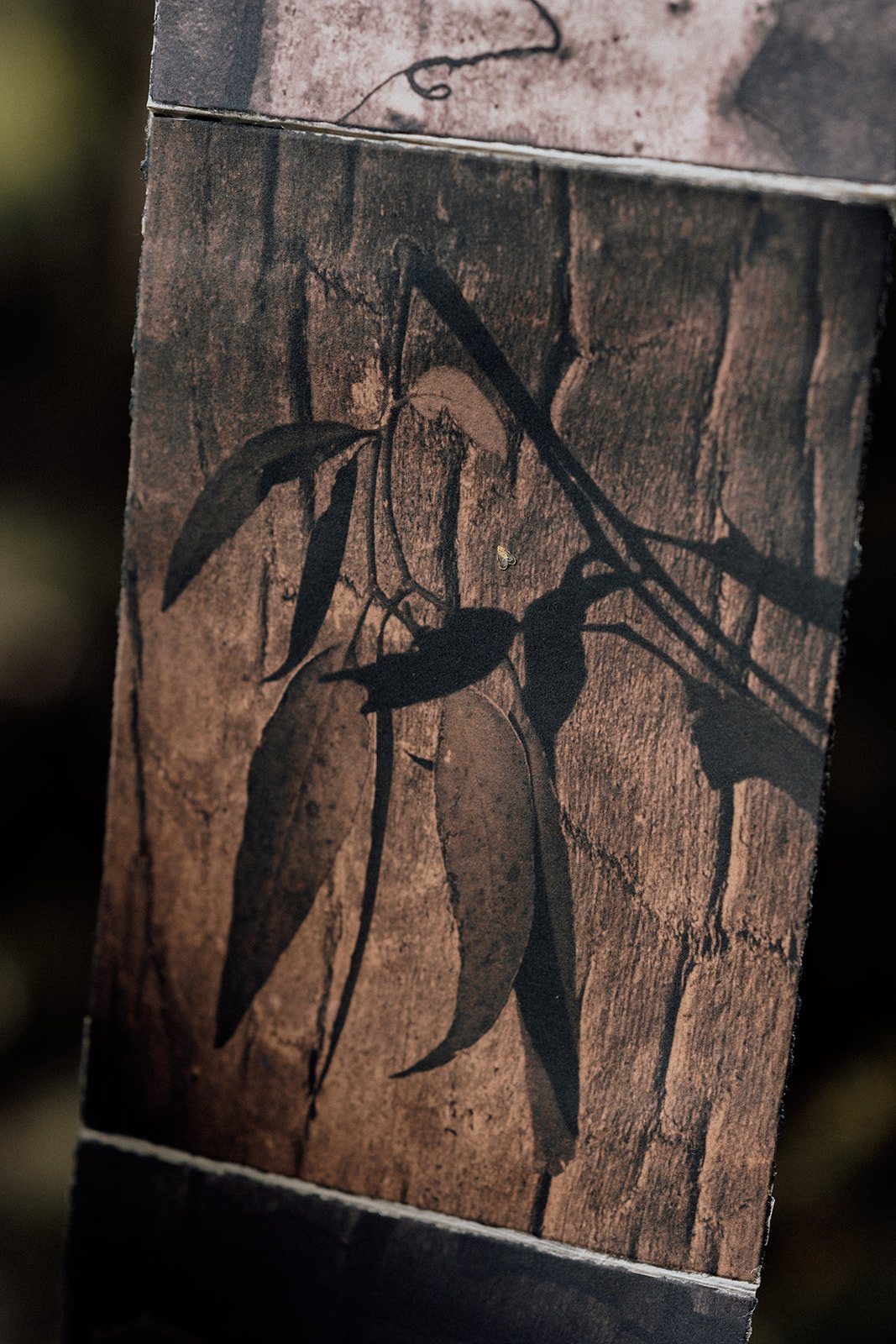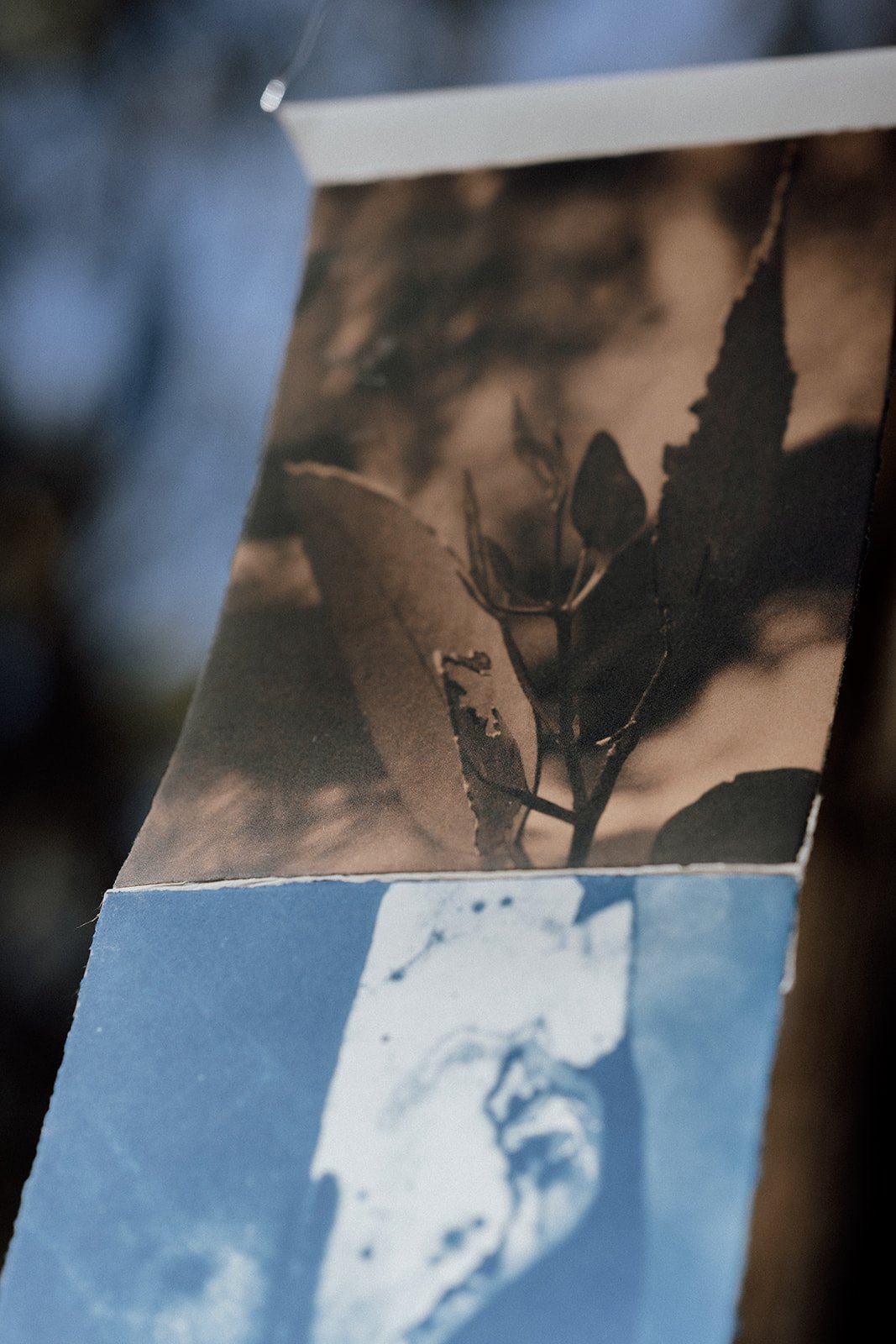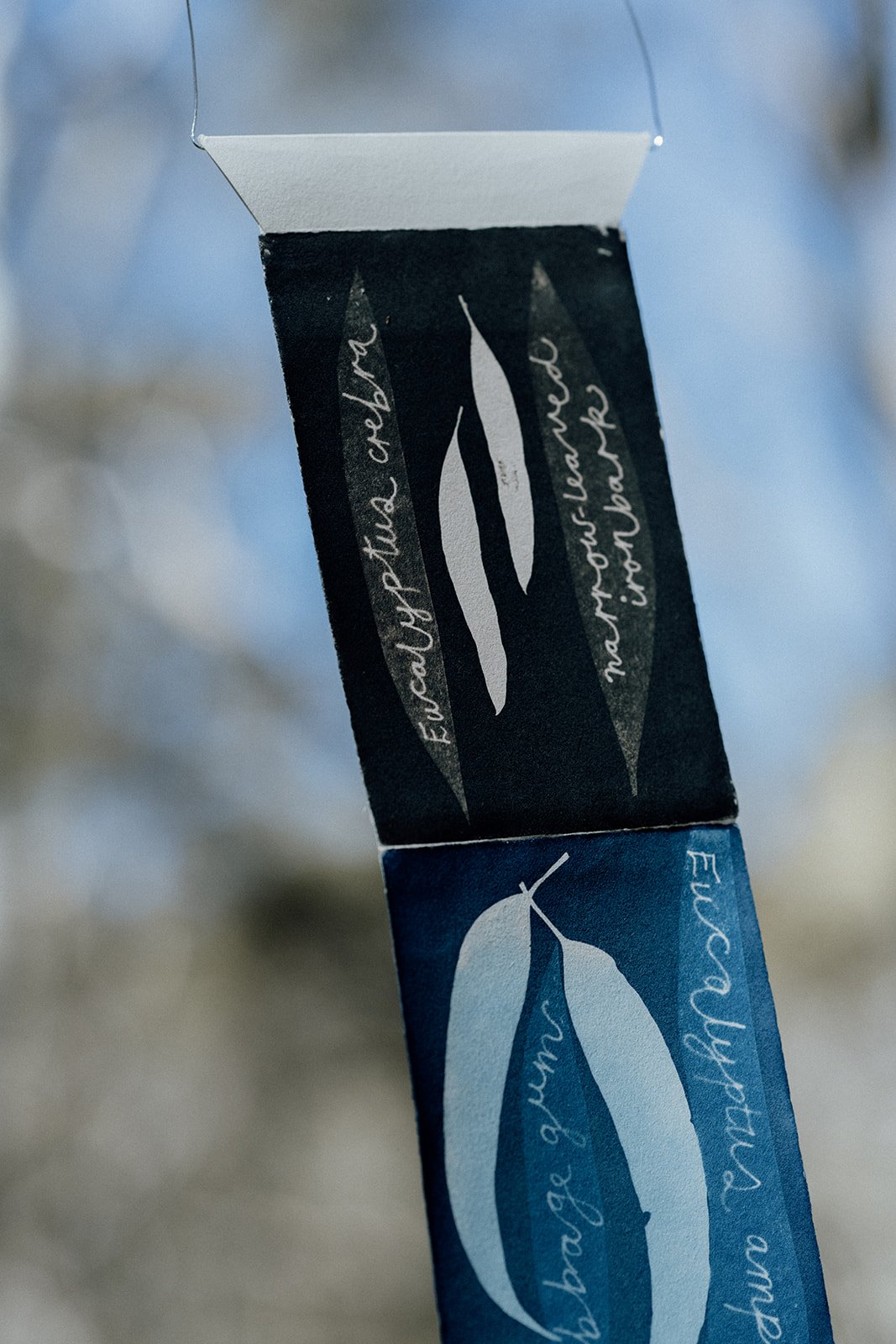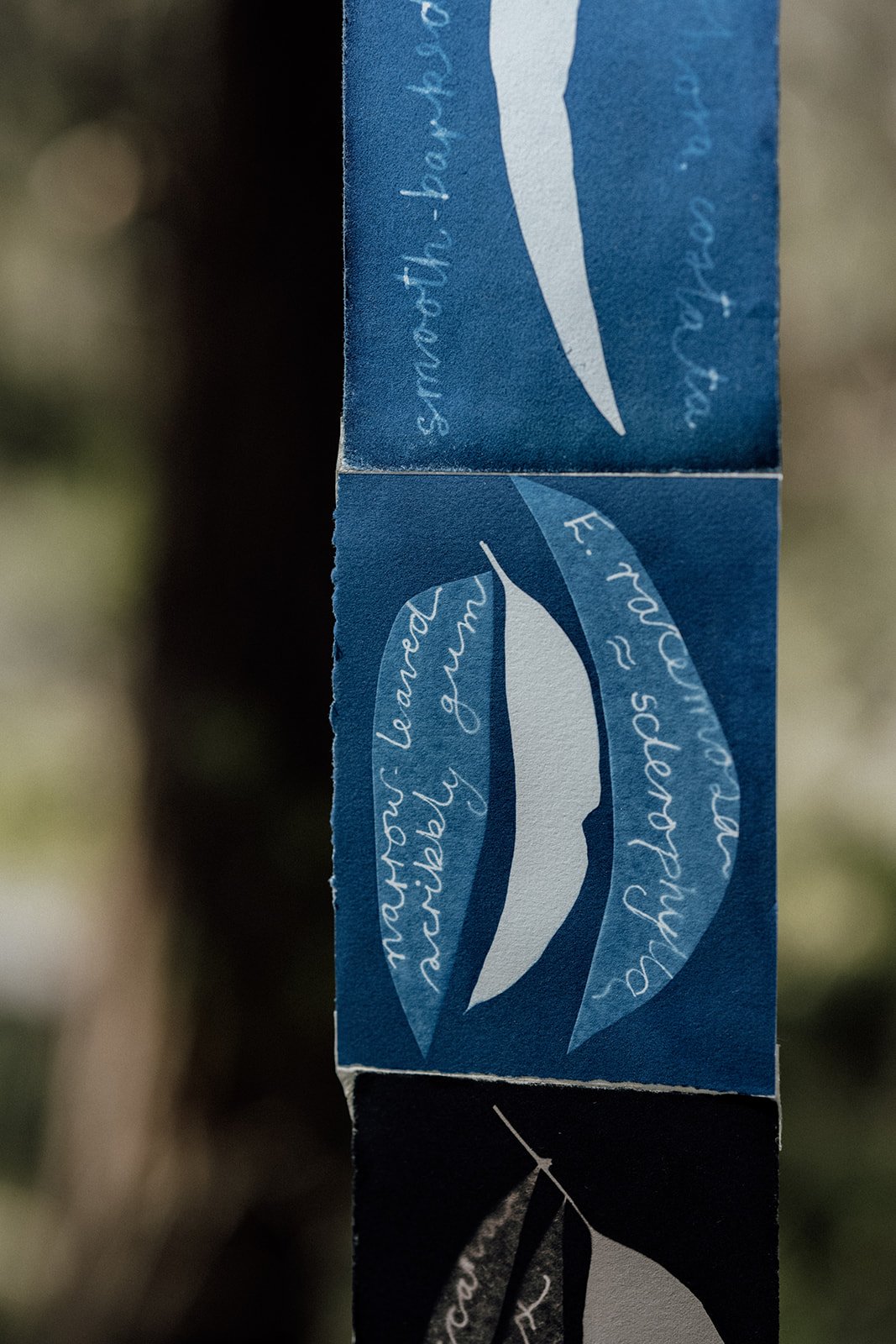Fiona Vaughan
Fiona Vaughan lives in the Blue Mountains on Gundungurra and Dharug Country, where she walks, writes and makes photographs of nature, including plants, creatures (mostly the other-than-human kind) and details of landscape. Fiona has worked as a bush regenerator, audio transcriber, photographs conservator and TV subtitler. She is a member of the Blue Mountains Conservation Society Plant Study Group and the Blue Mountains Bird Observers and participates in the annual honeyeater migration counts and other bird surveys.
Fiona’s poems have been published in anthologies and one was broadcast on ABC Radio National as part of the 360 documentaries feature, ‘Trees I’ve Loved’. She has studied writing in courses taught by Judith Beveridge, Vanessa Kirkpatrick, Beth Yahp, Mark Tredinnick and Joyce Kornblatt. She is working on a collection of nature writing, including poems and prose.
Fiona studied fine-art black and white film photography with Gordon Undy at point light gallery in Surry Hills. She now practises digital photography and is beginning to explore alternative photographic processes. Her photographs have been shown in several group exhibitions at the NSW National Parks Blue Mountains Heritage Centre gallery in Blackheath and also at point light gallery. Some of her photographs were included in the ABC Pool ‘Flight and Flow’ Federation Square video broadcast in Melbourne in 2011. Fiona’s photos have also been shown in award finalist exhibitions, including the Olive Cotton Award for Photographic Portraiture and the Hazelhurst Art On Paper Award.
Eucalypts
The amazing diversity of eucalypts in the Greater Blue Mountains World Heritage Area is one of the key reasons this area was given World Heritage status in the year 2000. There are close to a hundred species! In this collection, I’m sharing images of post-bushfire regeneration of eucalypts and a few of their neighbouring plants on ridges in the Blue Mountains National Park, on Gundungurra and Dharug Country. The collection also includes close-ups of the effects of fire on some eucalypt trunks. I was both disconcerted and fascinated by the way thick mosaic-like chunks of bark fell from smooth-barked eucalypts. Those chunks gathered on the ground at the base of these trees and left creased outlines on the pale under-bark.
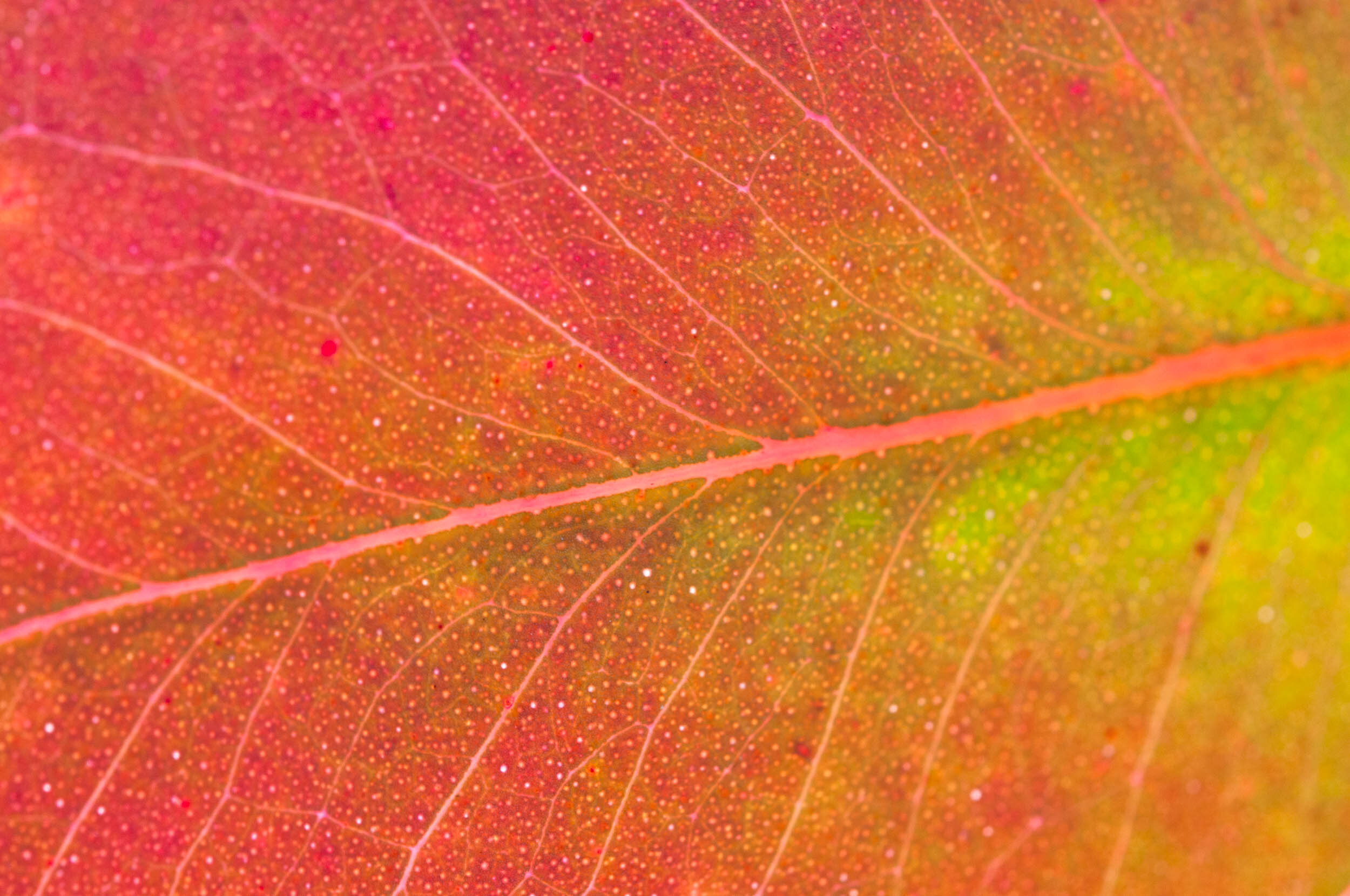































Insects and Spiders
Scientists have estimated that about 3 billion native animals were killed or displaced due to destruction of habitat in NSW and Victoria in the black summer bushfires. This number does not include the invertebrates – their loss is in the trillions. These tiny beings, who include insects and spiders, among other groups, are vital to the health of our ecosystems. Some species may have become extinct because of the fires.*
This collection celebrates the insects and spiders that I’ve seen since the fires while I walked on burnt ridges in the Blue Mountains National Park and Kanangra-Boyd National Park. The regenerating plants on those ridges (and the Pink Flannel Flowers when they appeared) are homes and food for many of the invertebrates who survived the fires.
About half of the plants in these photos are the now well-known Pink Flannel Flowers (Actinotus forsythii). I was so excited to see them for the first time towards the end of 2020, their germination triggered by smoke from the bushfires and sufficient following rain. It was lovely to see so many people making pilgrimages to find these rarely seen plants. The flower fields were, of course, also the firegrounds, and evidence of the scale of these fires fuelled and intensified by the warming climate.
While spending time looking and photographing, I felt a sense of connectedness with these plants and animals. These wild beings have their own life stories and are part of our wider family.
I have entered these photos (cropped) onto the iNaturalist website to share the sightings and work out some identifications. If you’re interested in seeing the latest proposed or confirmed IDs, you can visit my ‘observations’ here: https://www.inaturalist.org/observations?user_id=fionav or you can go to the homepage here: https://www.inaturalist.org/ and search for my username: ‘fionav’.
* Sources:
https://blog.csiro.au/the-impact-of-bushfires-on-australian-insects/
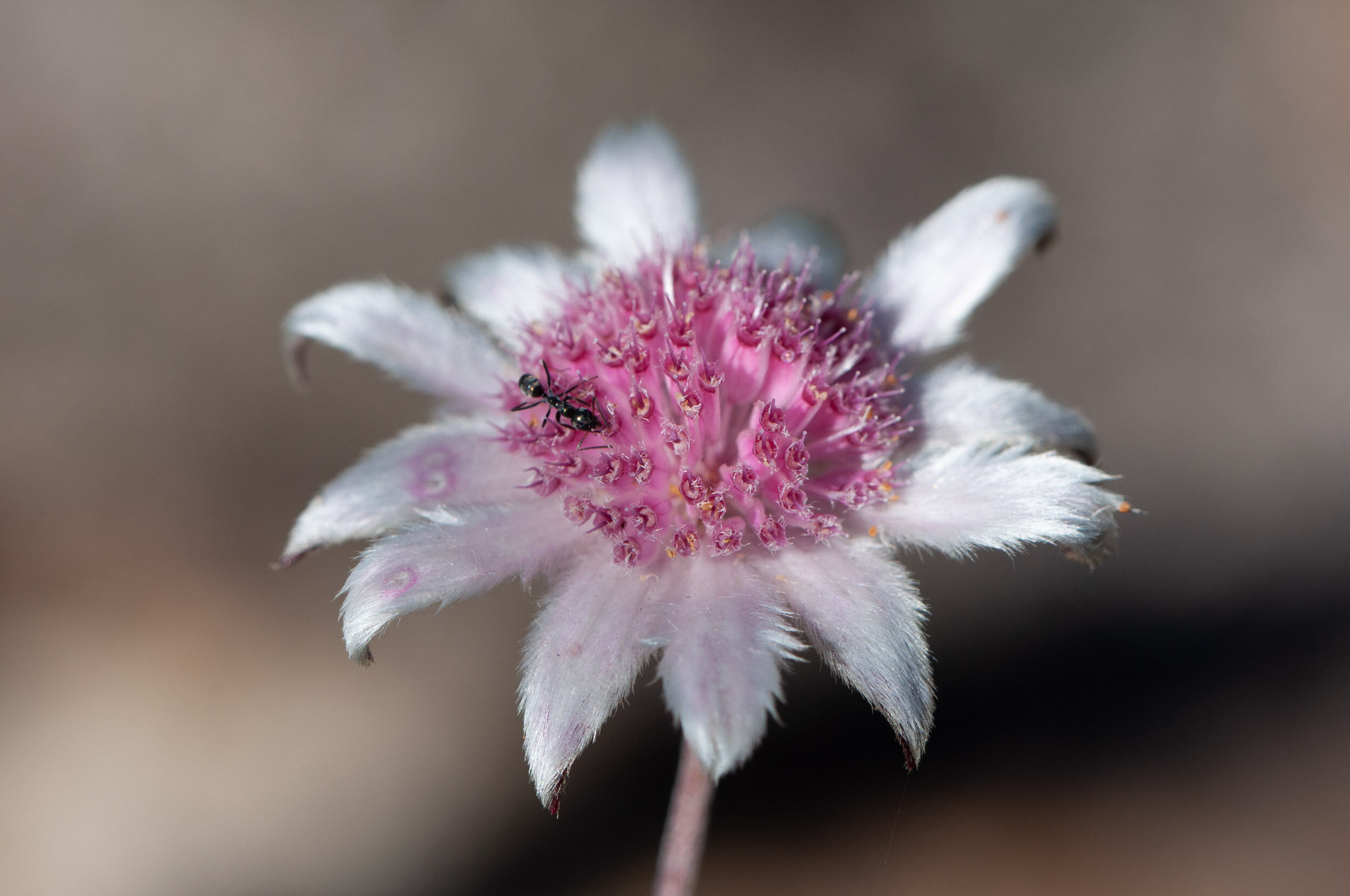

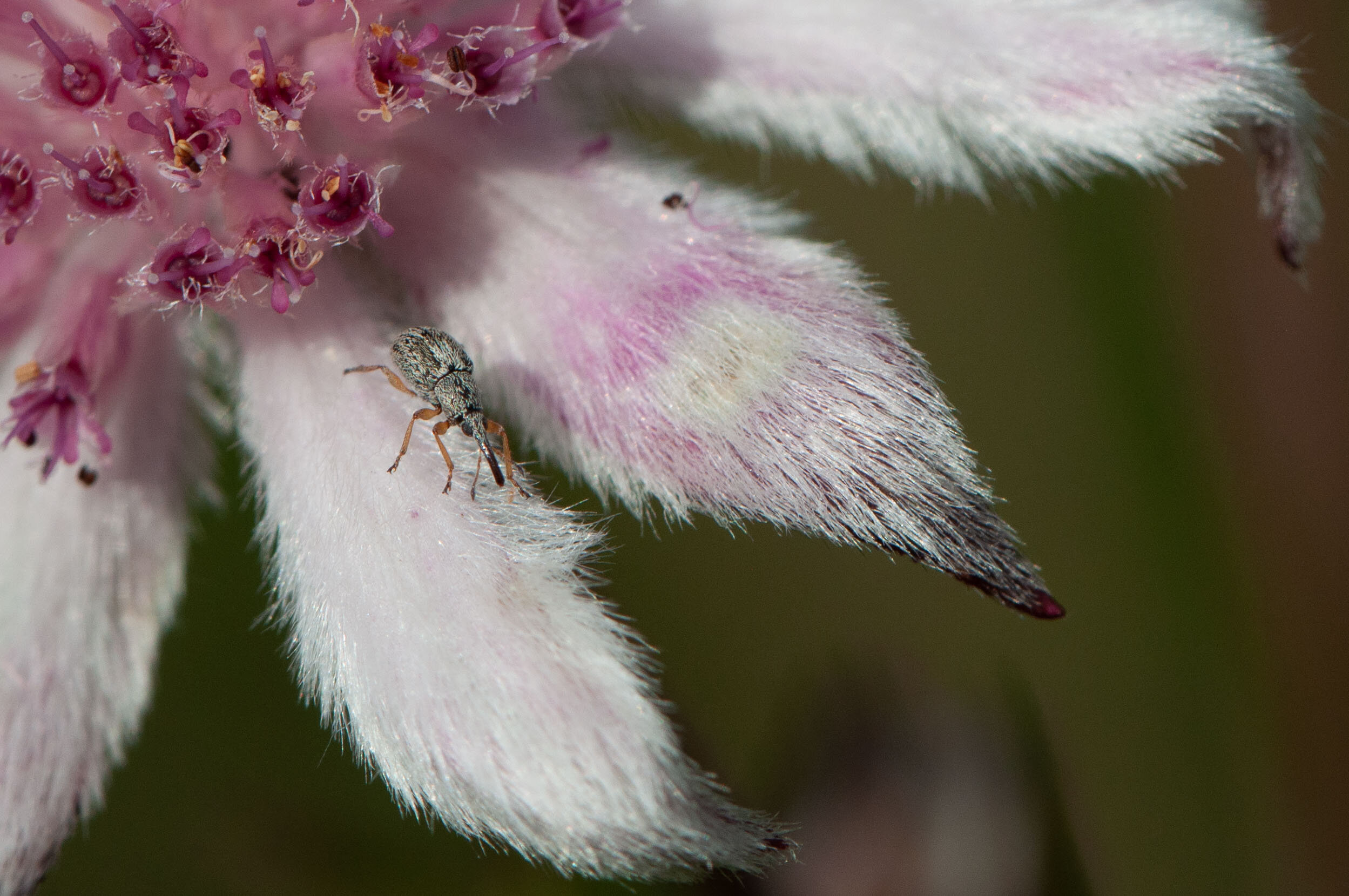
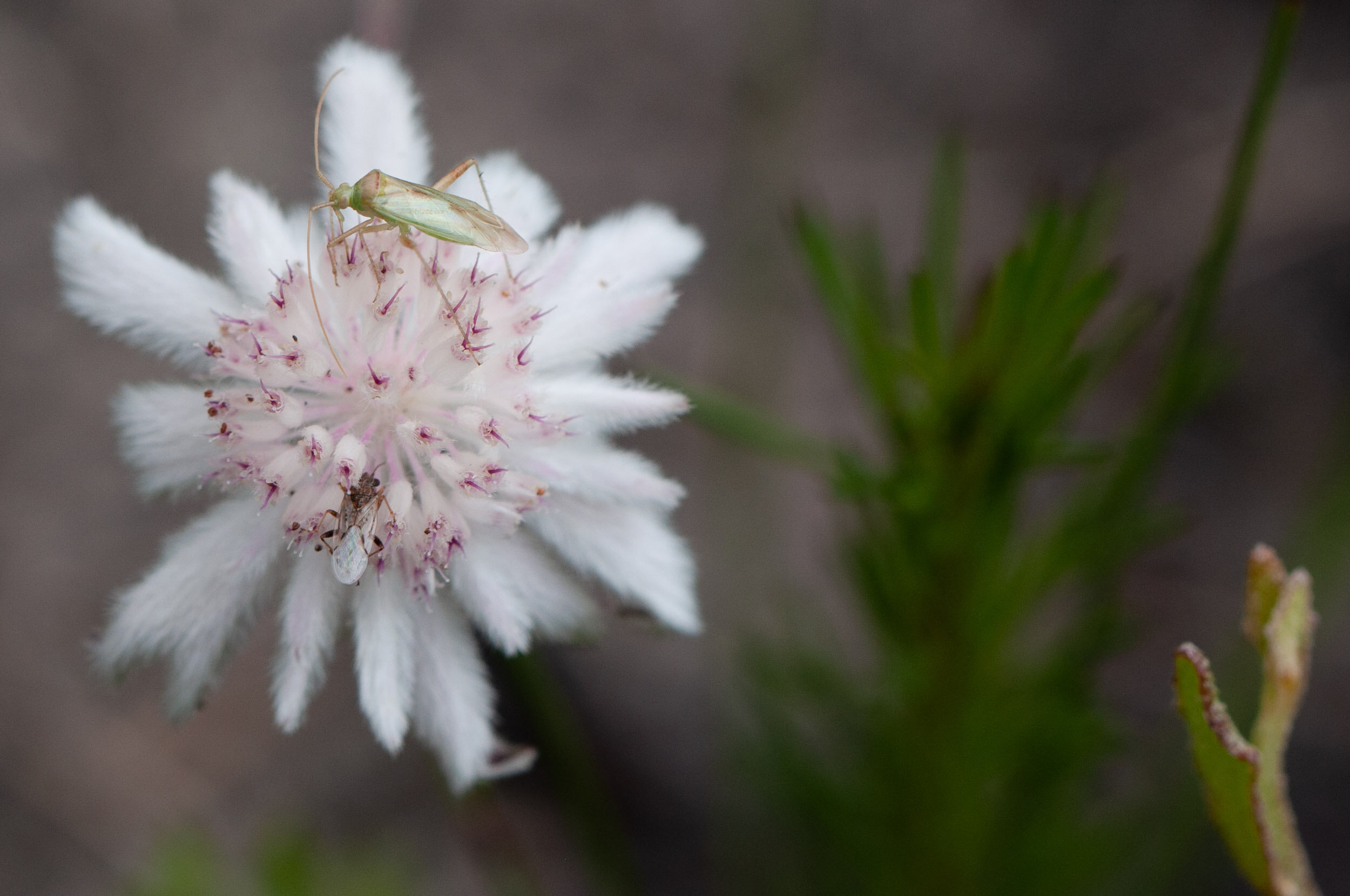


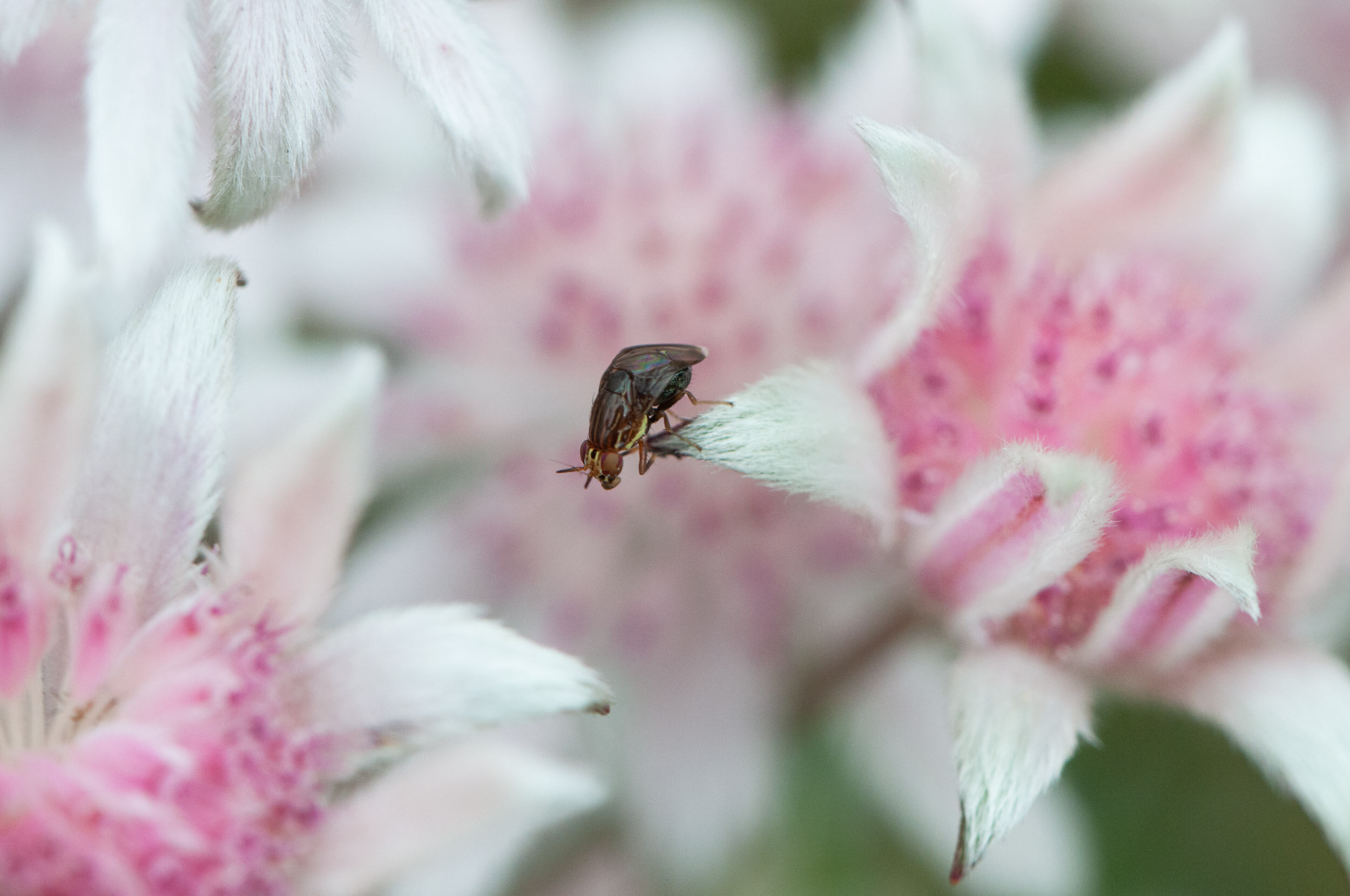

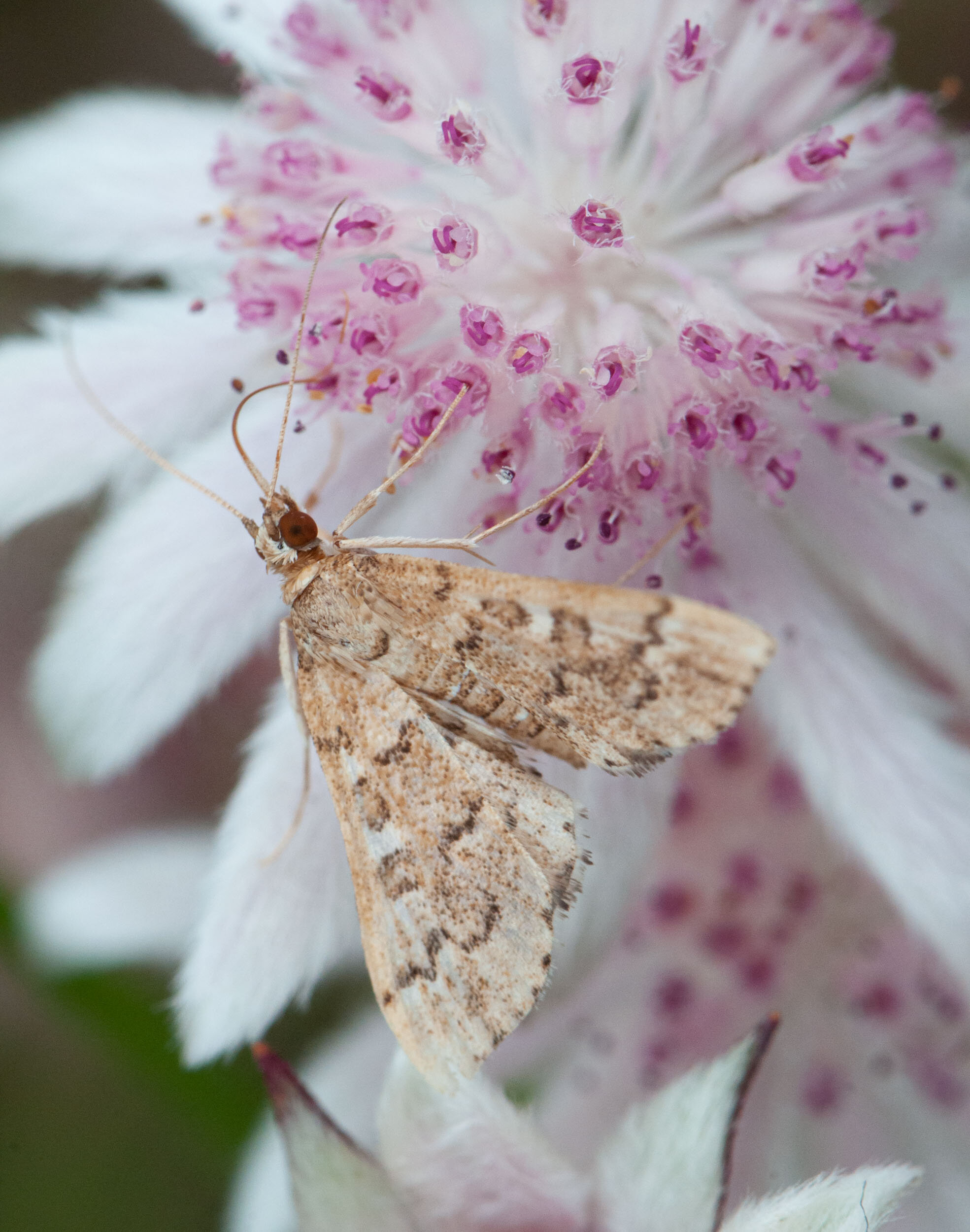


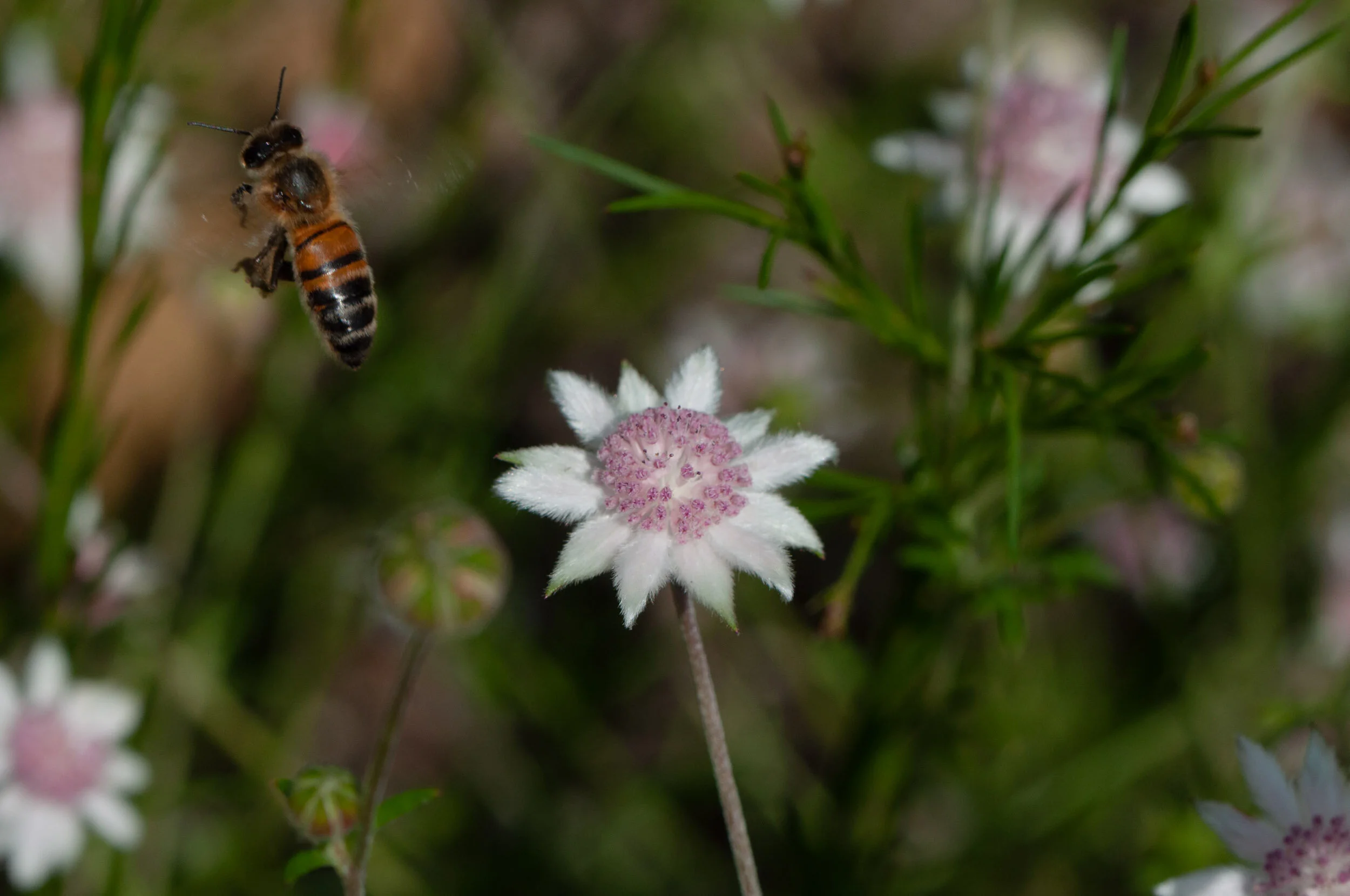










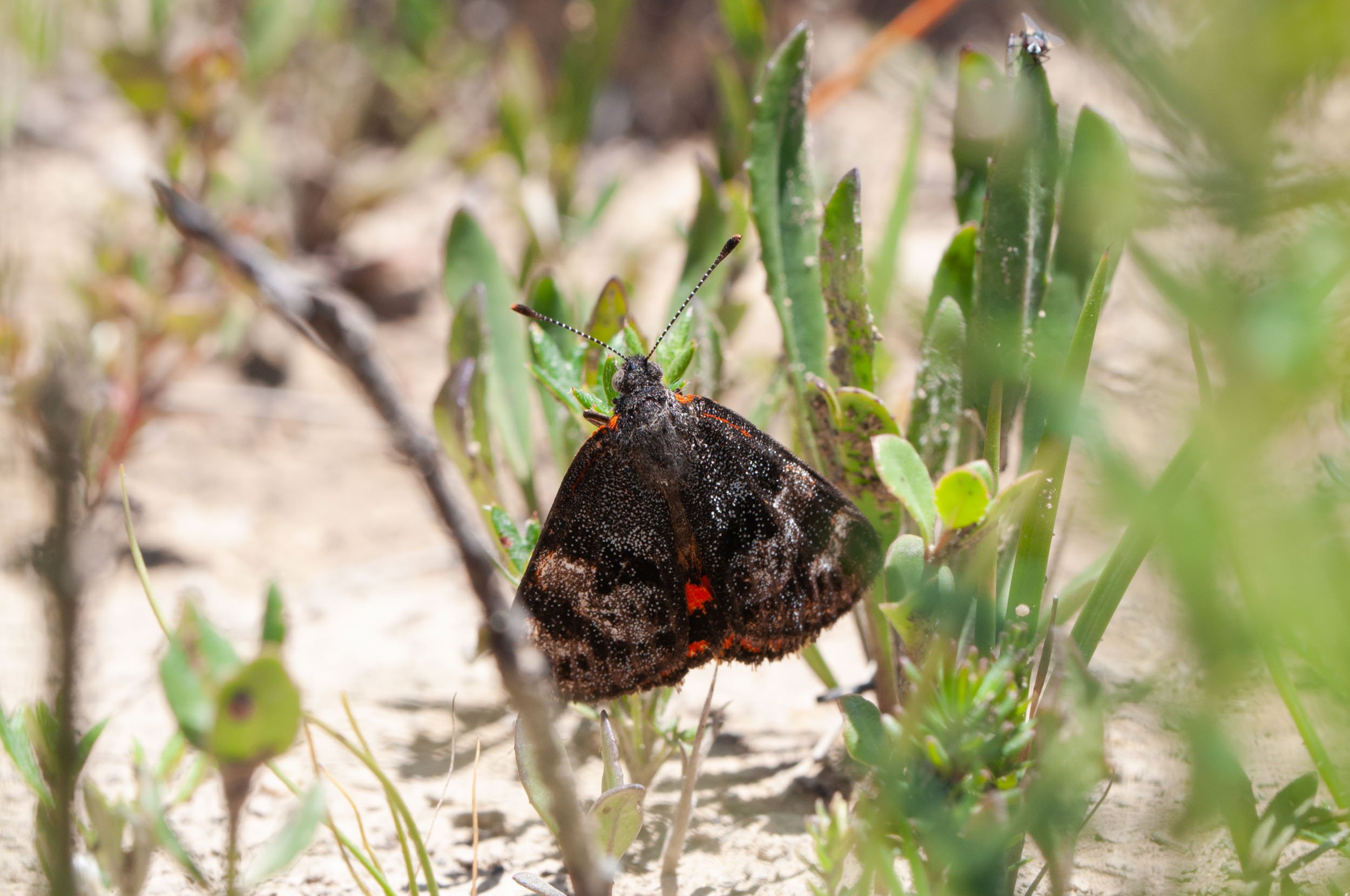

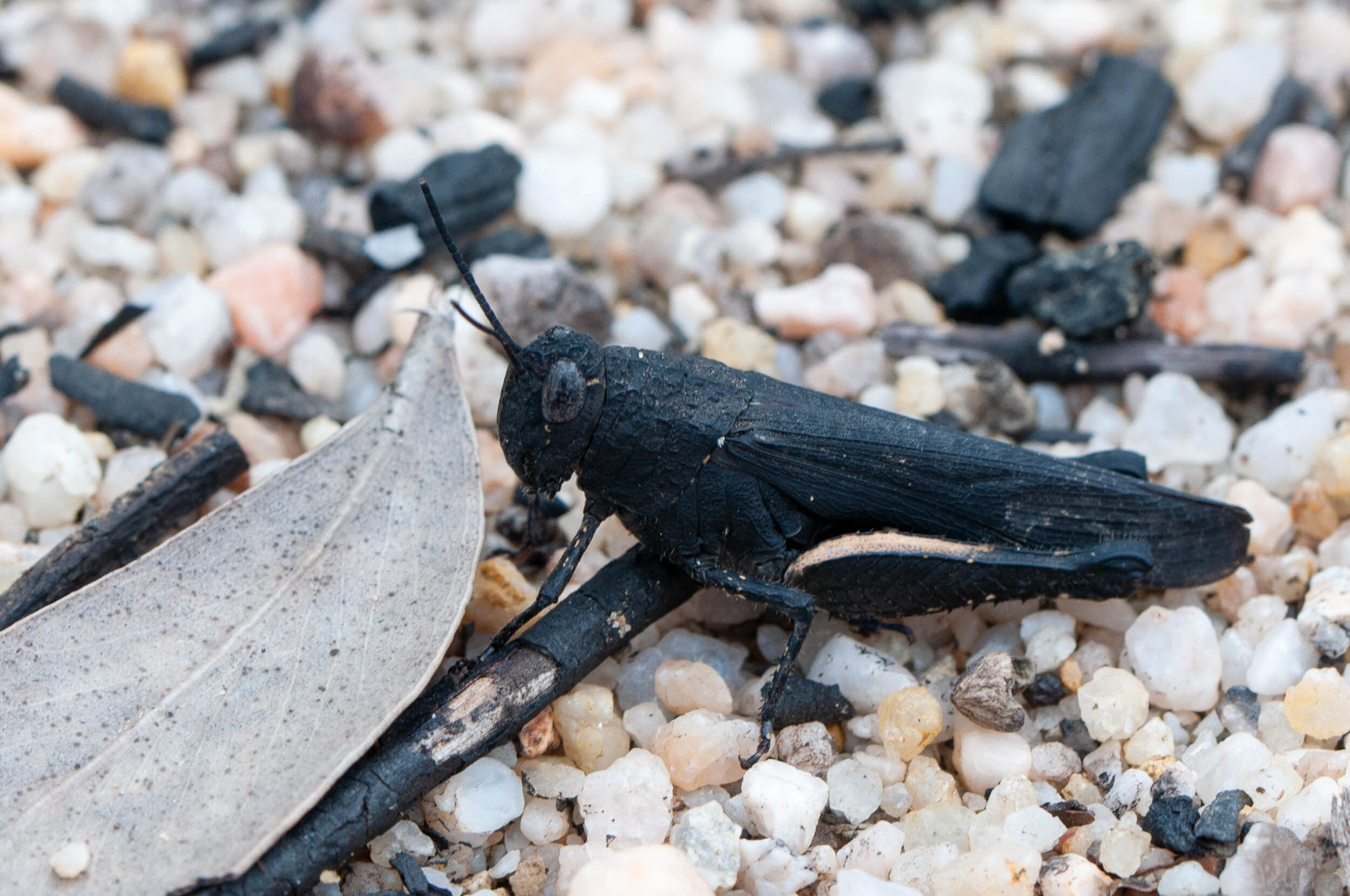
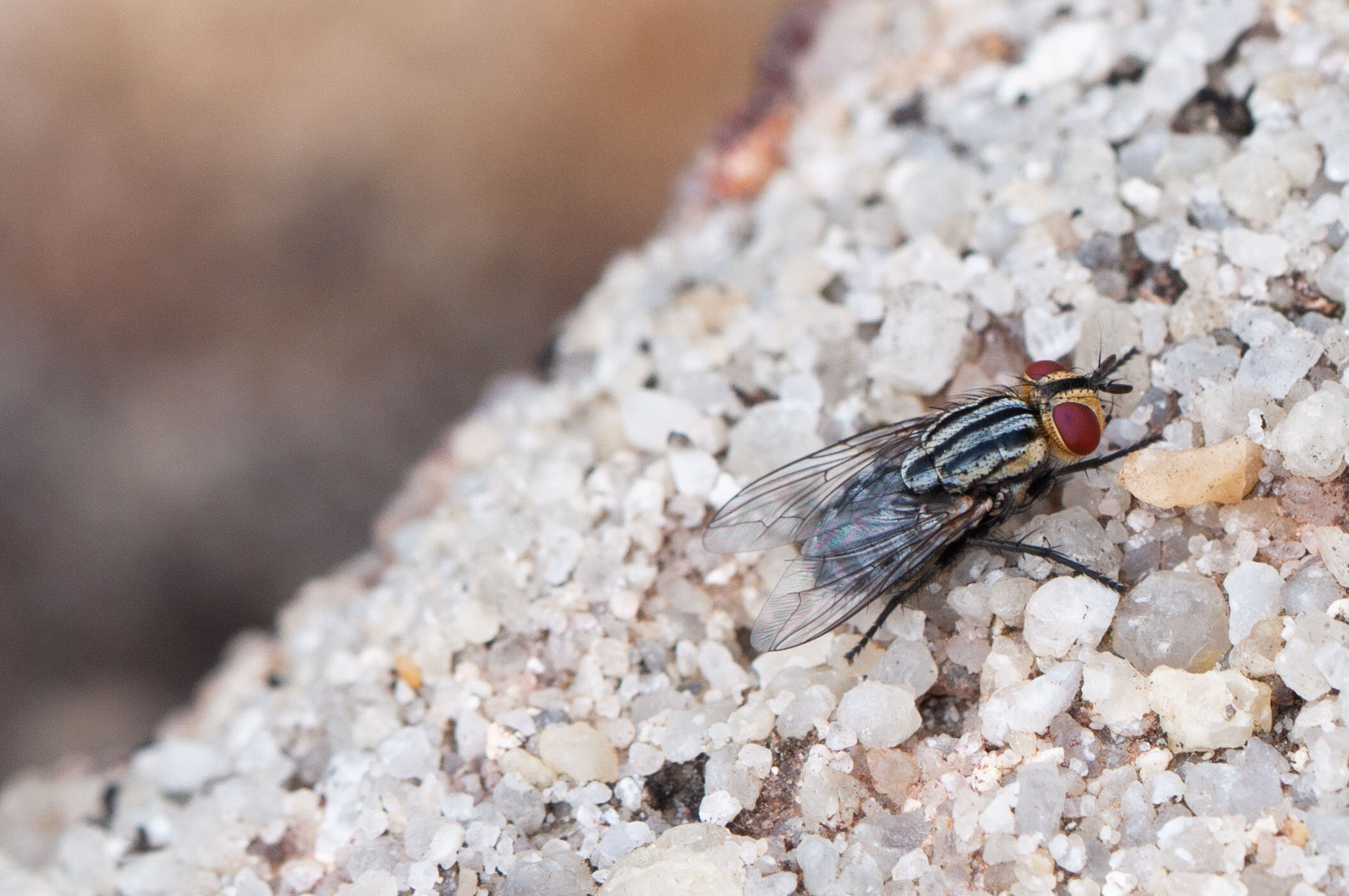


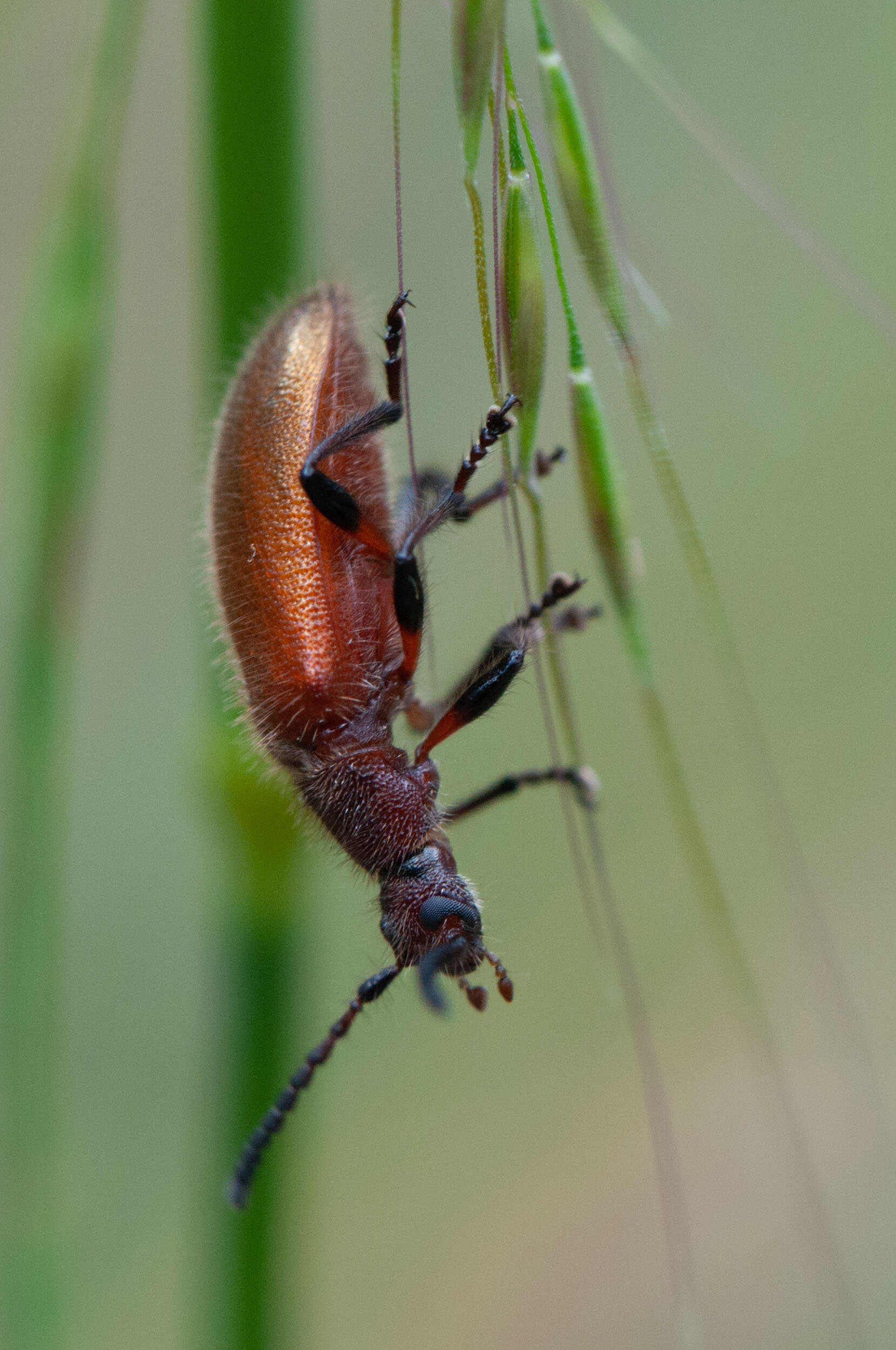

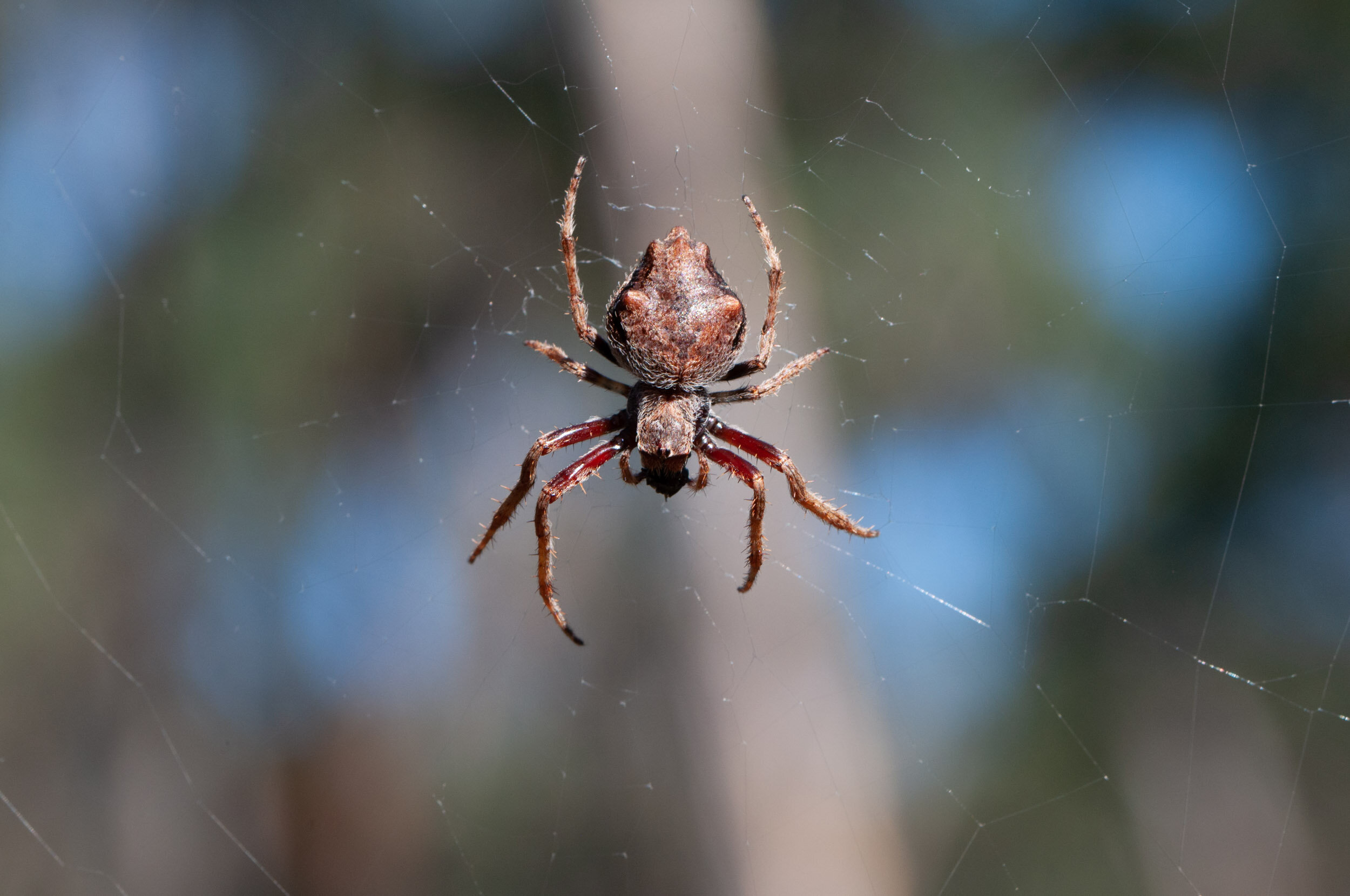








Fairfax Heritage Track – along the path
I’ve walked the Fairfax Track in Blackheath countless times and love the winding path within the Blue Mountains Ridgetop Forest. It’s a place rich with life. The first time I walked the Track after the fires, in January 2020, it was hard to take in the transformation. I made many photos on my phone on that visit. It helped me to focus on doing something. The first seven photos in this collection are from that day. There were already some signs of regeneration, as you can see in the photo with the grasstree. The remaining photos were made throughout 2021 – to document , communicate and celebrate the gradual renewal and return of life in this place. They include leaves and fruit of native plants, wildflowers, fungi, new growth on eucalypts from epicormic buds, a few tiny winged creatures, and layers of colour and light from regenerating plants. The last photo is a swamp wallaby who I saw near Govetts Leap, a short distance from the start of the Fairfax Track. I’m including the photo in this collection because swamp wallabies have been seen in the Track area via the motion detection cameras that the eco-monitors collect data from. I hope you enjoy seeing the diversity of nature in this collection…


















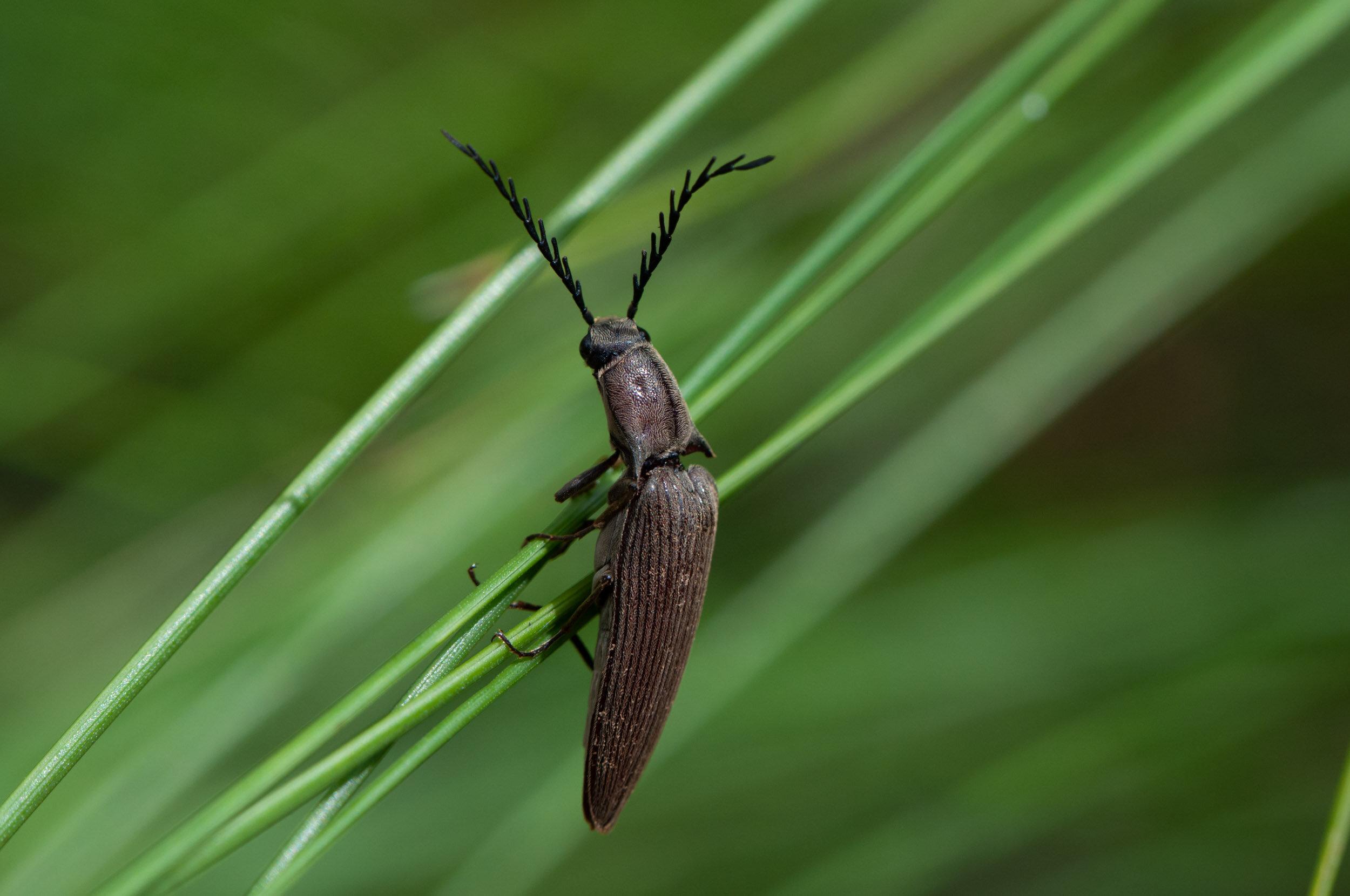
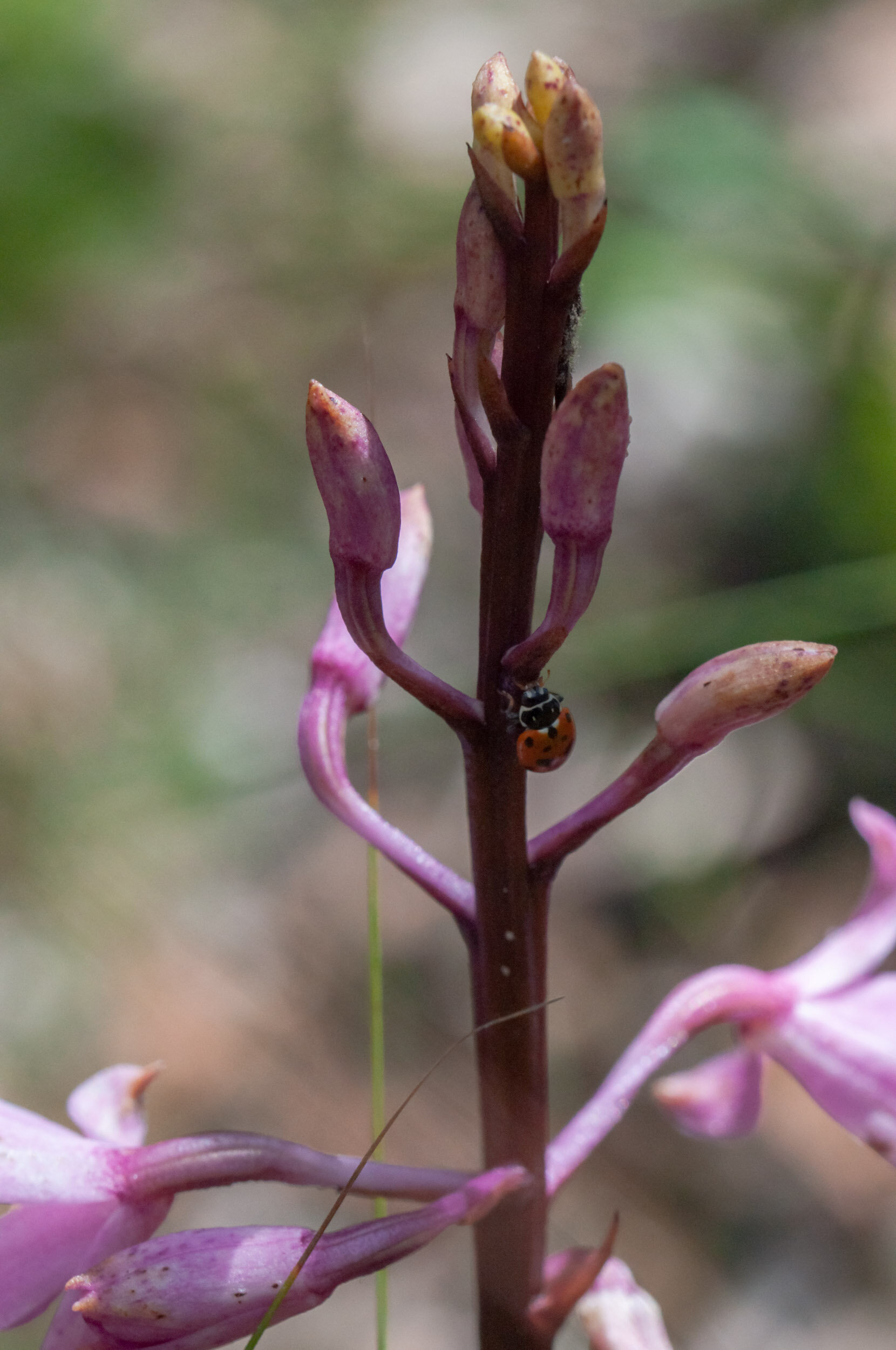




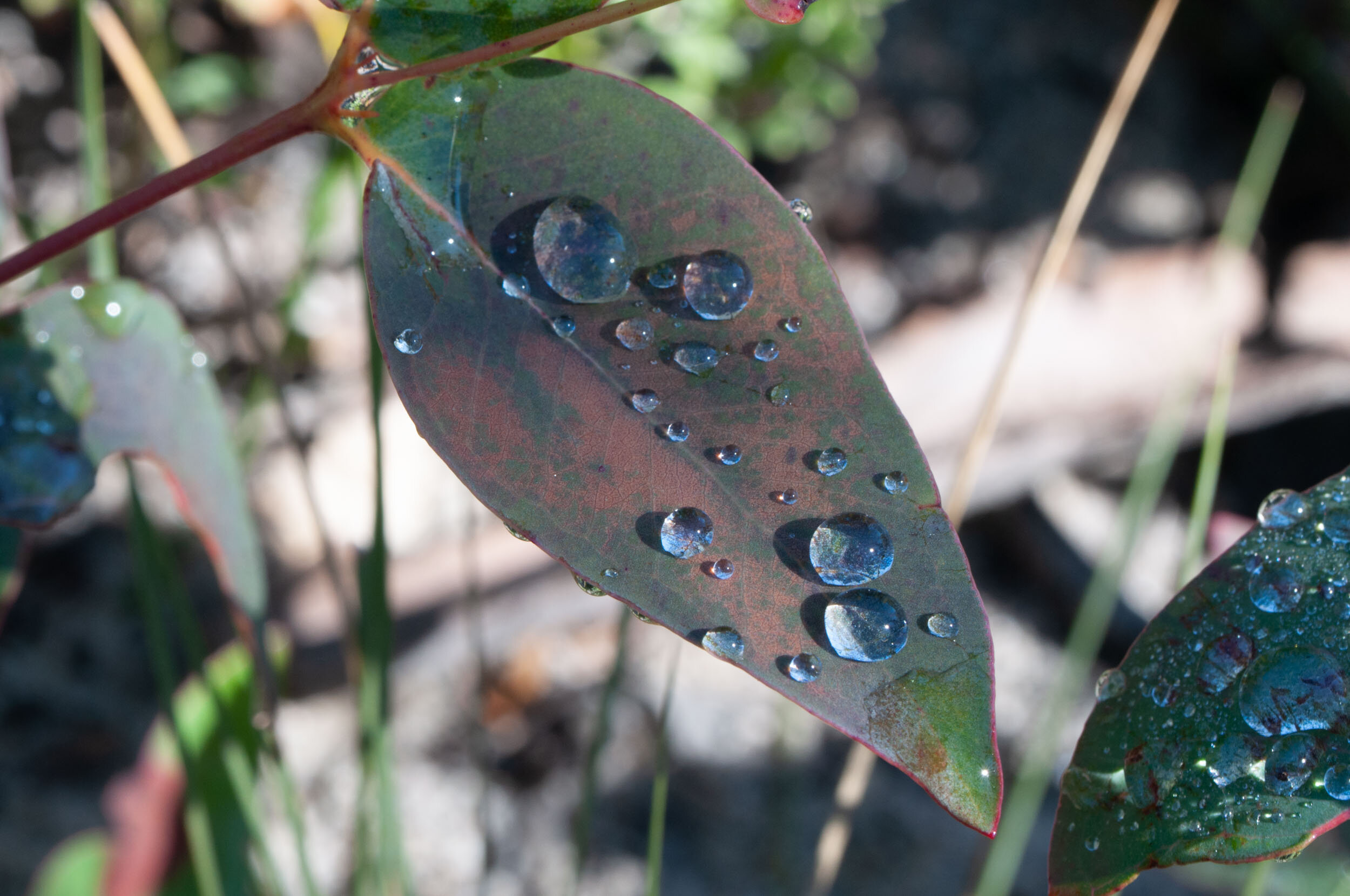

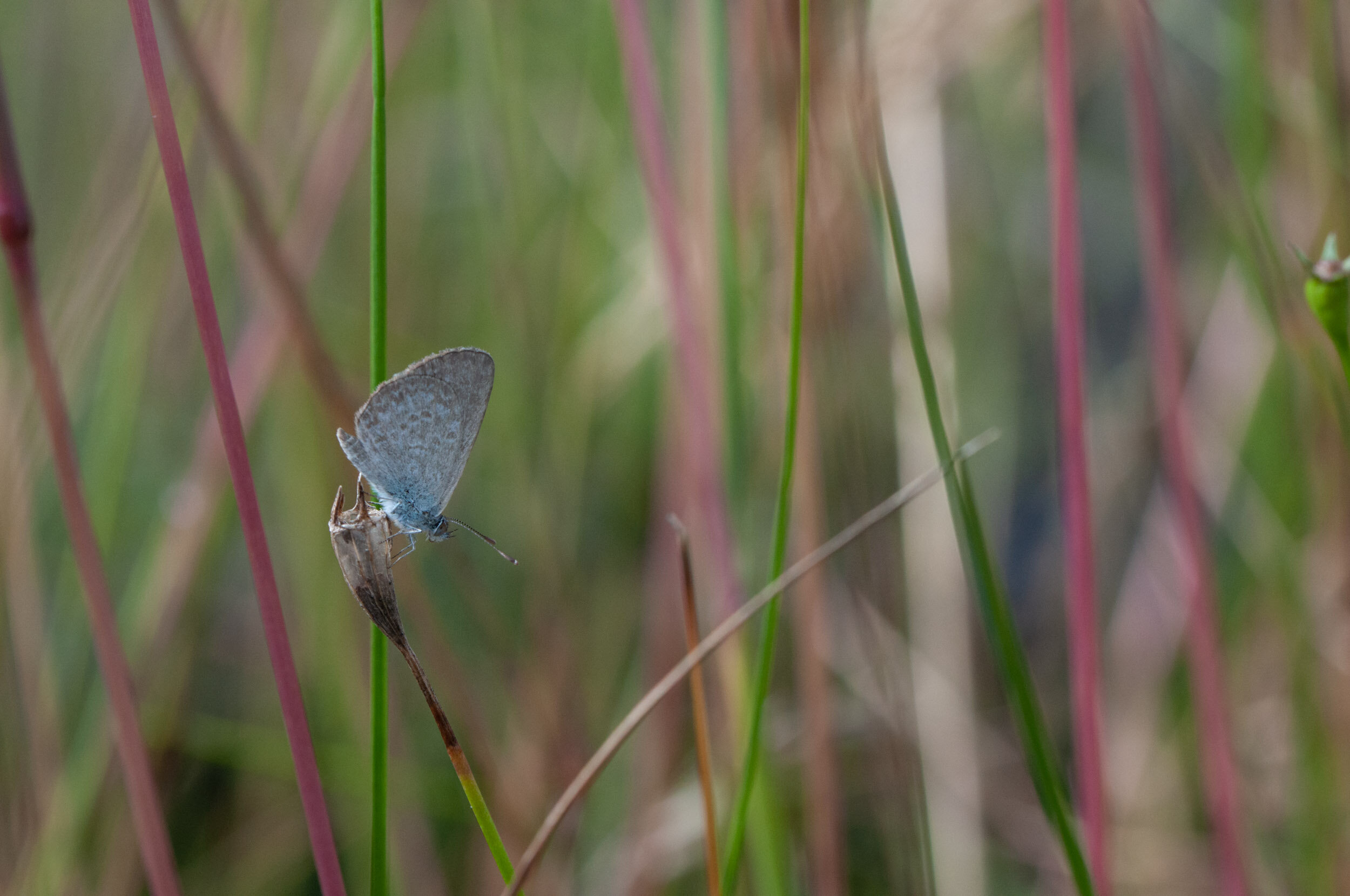
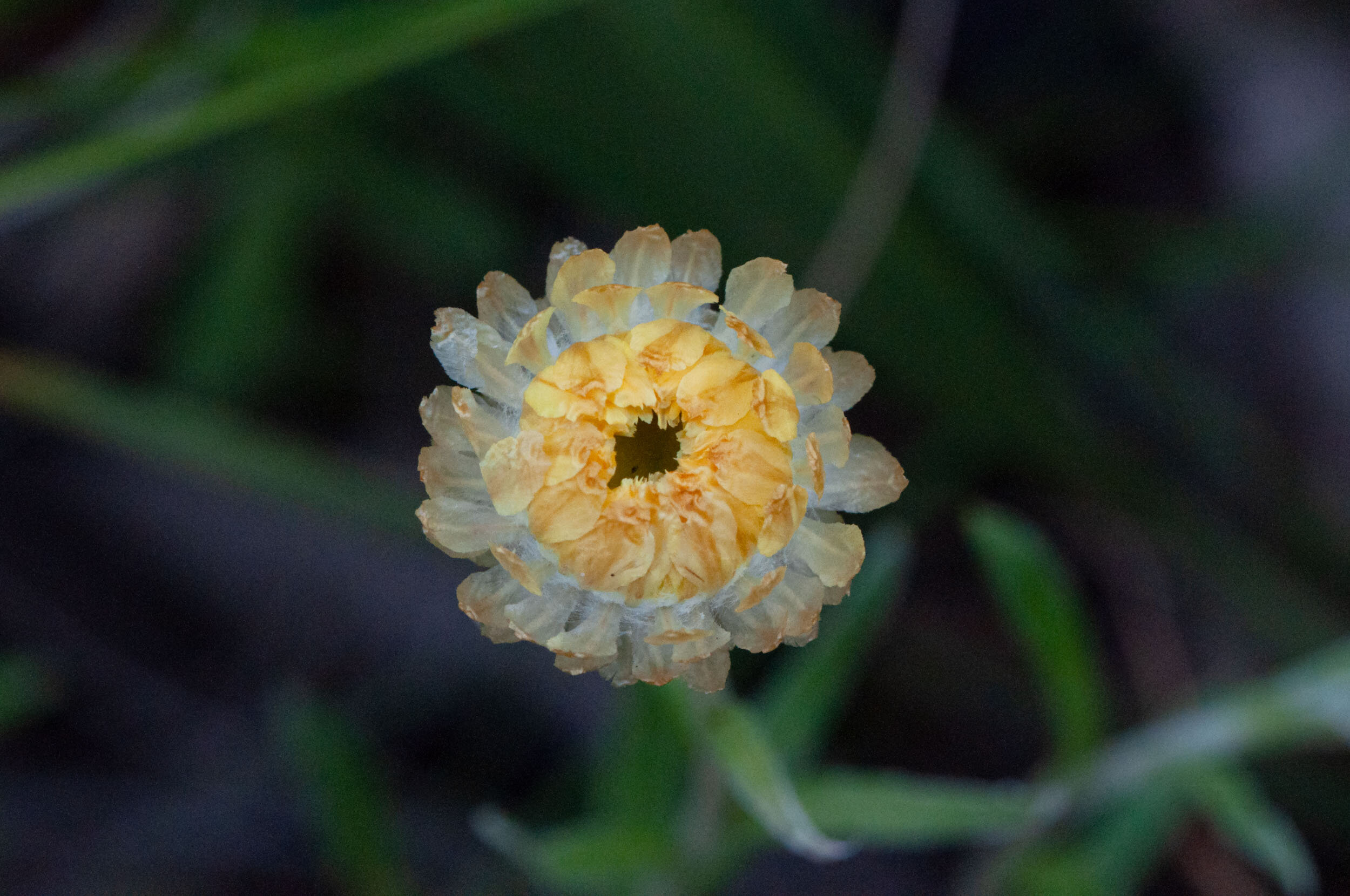


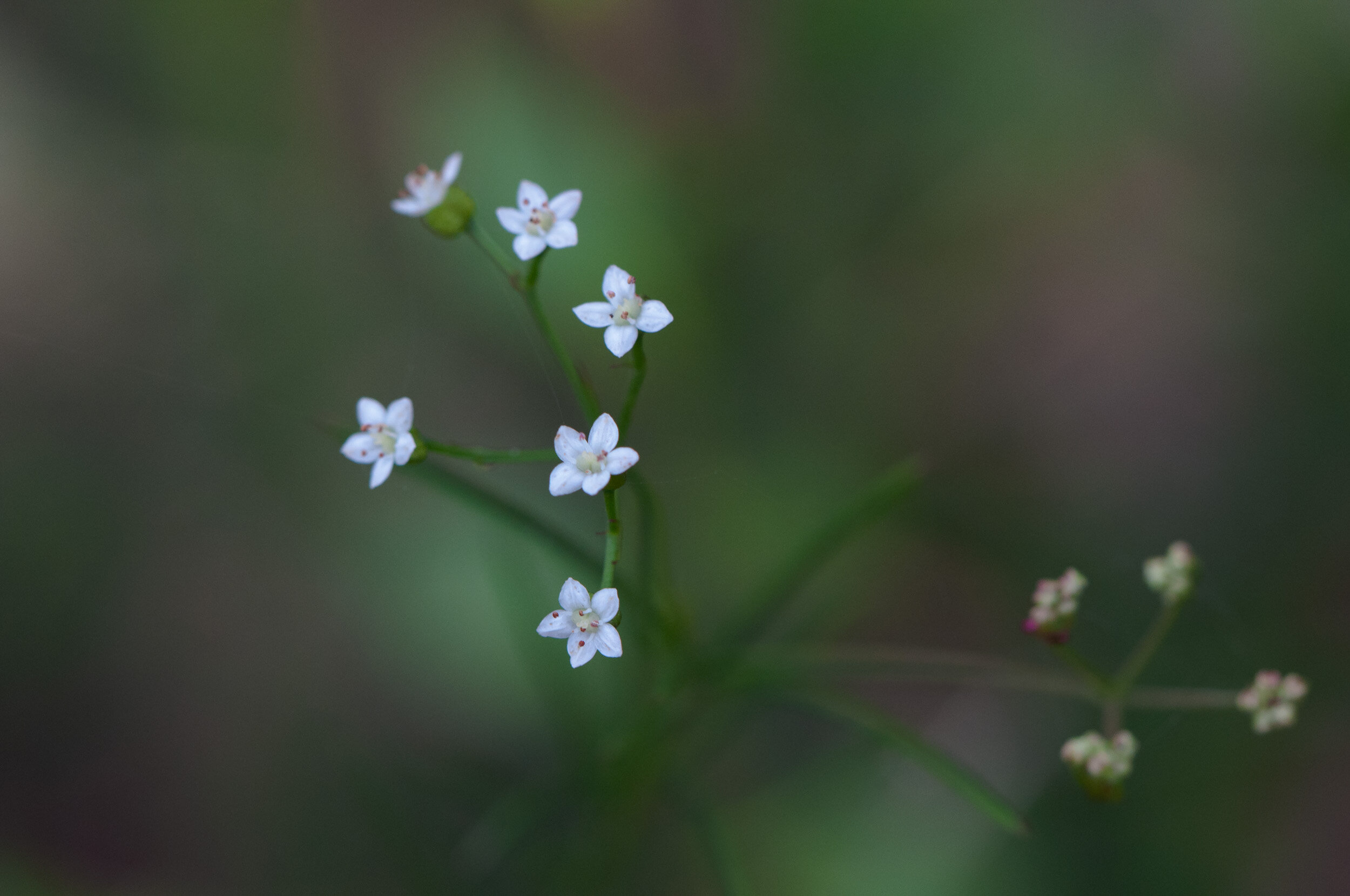








I wrote the poem ‘Us’ from one of the prompts given by Miles Merrill during the Recovery Project writing workshops. I later recorded myself reading the poem, then sent the sound file to Jane Ulman, who created the amazing soundwork. Jane is a sound artist, a former ABC Radio National broadcaster, and a fabulous fellow Recovery Project artist!
Us
Written By Fiona Vaughan
As flames ate trees
and smoke darked days,
birds fell from the breathless sky.
Ravens, cockatoos,
honeyeaters,
doves,
thornbills, whistlers,
bowerbirds,
loved.
Birds flying, birds falling,
kin burning, kin falling,
all of us
falling.
Rise
The soft shoots that grow
from ash-fed earth
lift themselves
into light –
these,
our sisters,
brothers,
siblings,
red,
pink,
purple,
green,
feeling the cool, damp air,
remembering limbs on fire,
same limbs now casting
slim shadows,
whispering
invitations
to rise.

I wrote the poem ‘Rise’ from a prompt given by Miles Merrill during the Recovery Project writing workshops. In a lovely collaboration, fellow Recovery Project artist Kate Reid created this beautiful film incorporating the poem.
Recovery Print Collaboration Project
